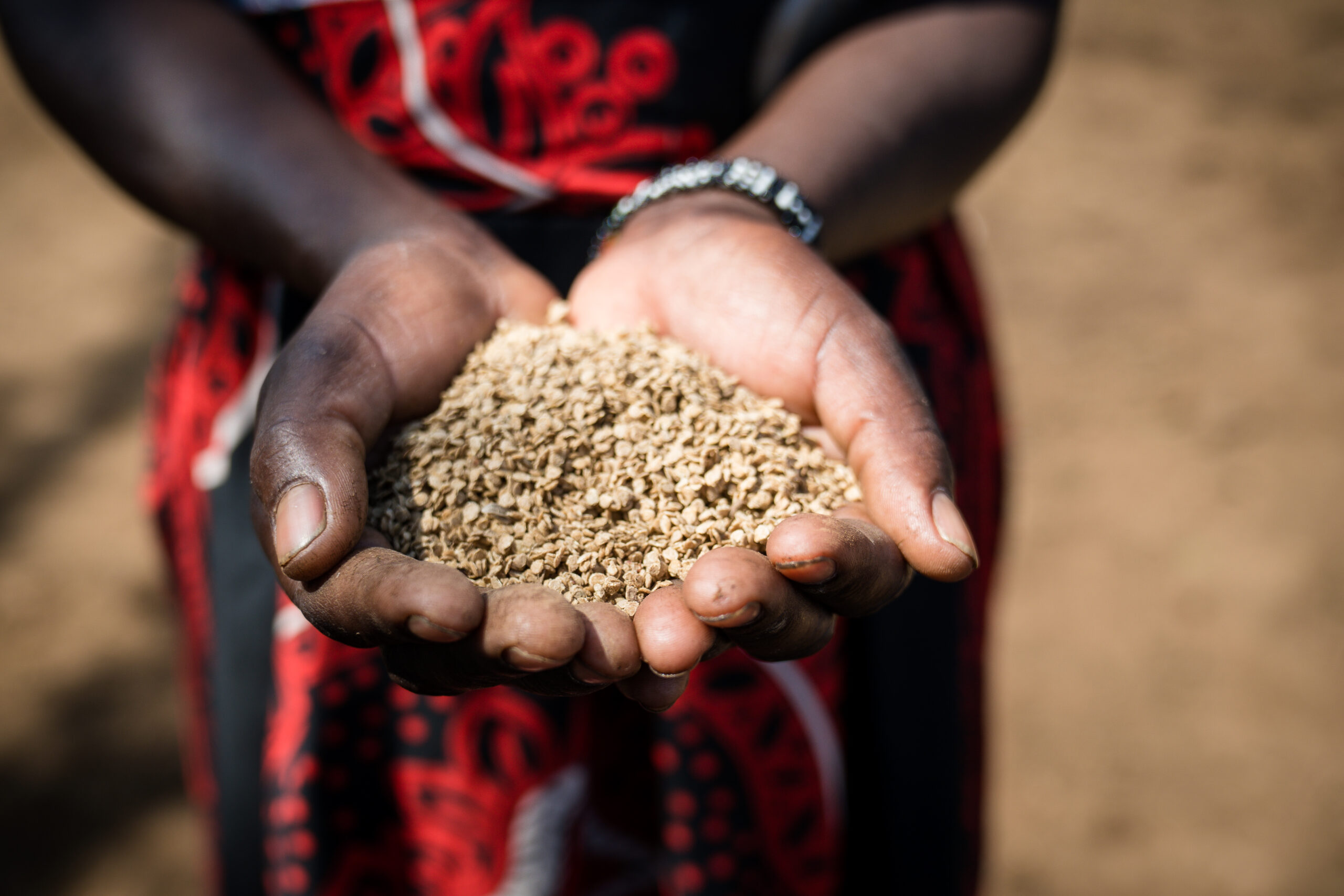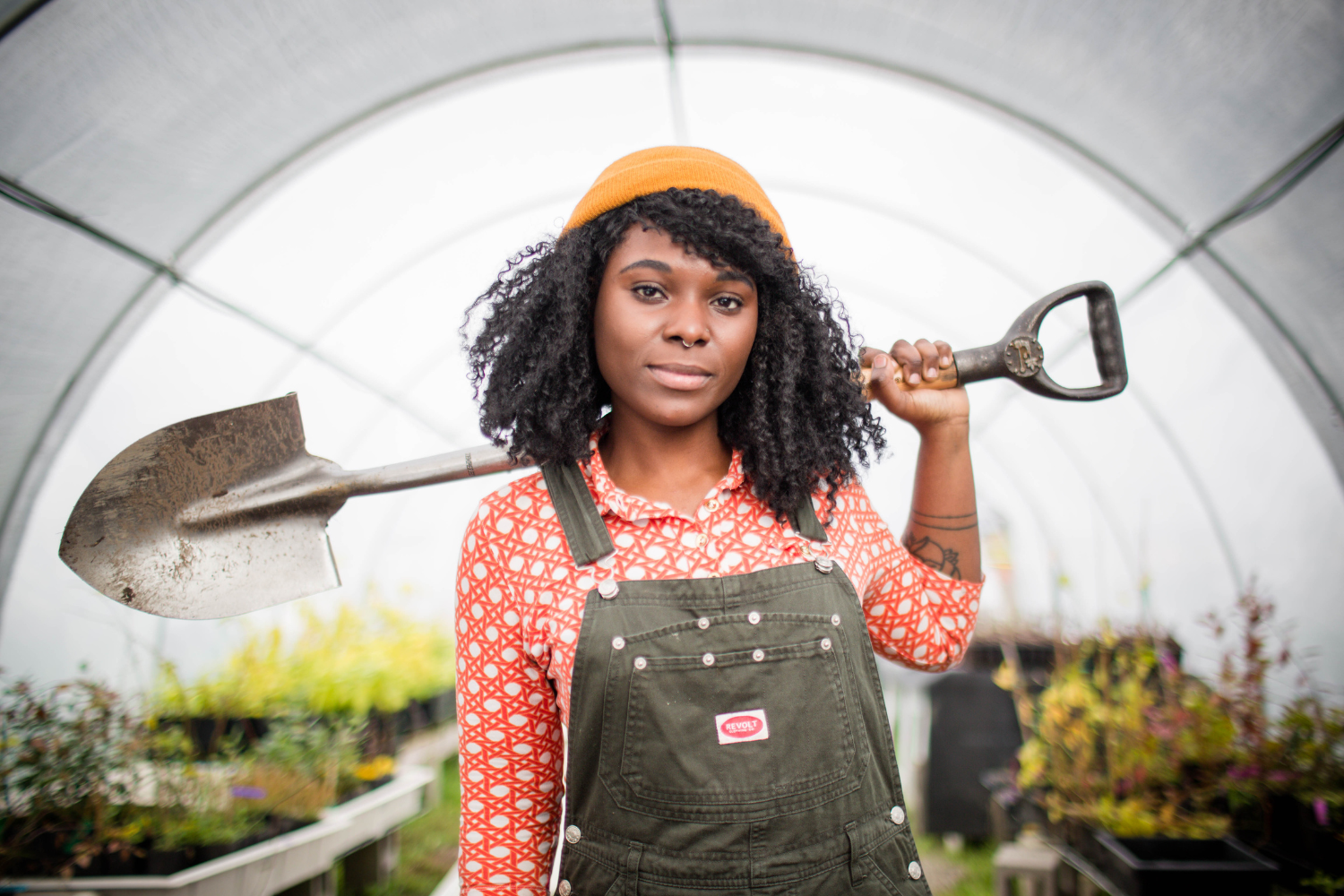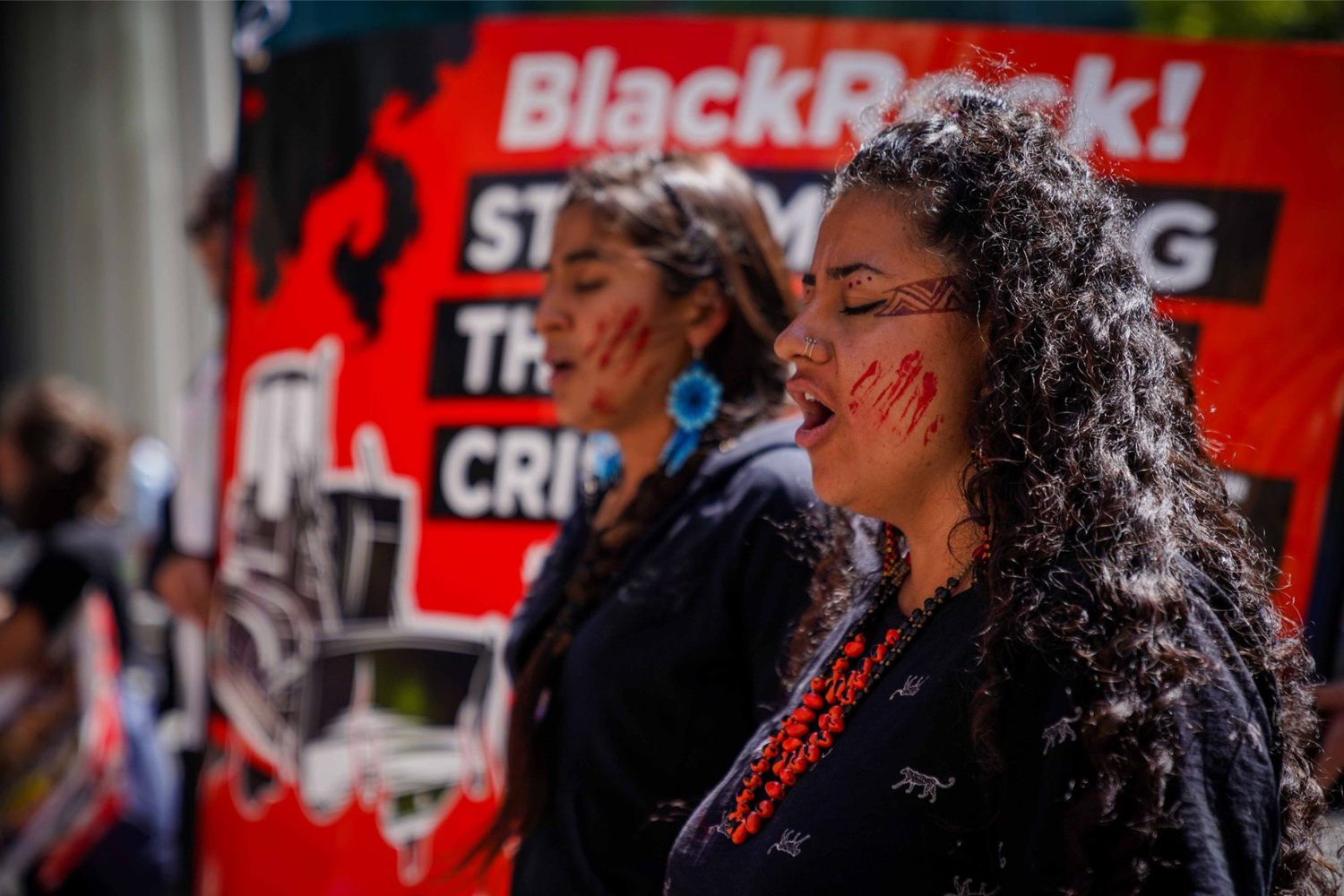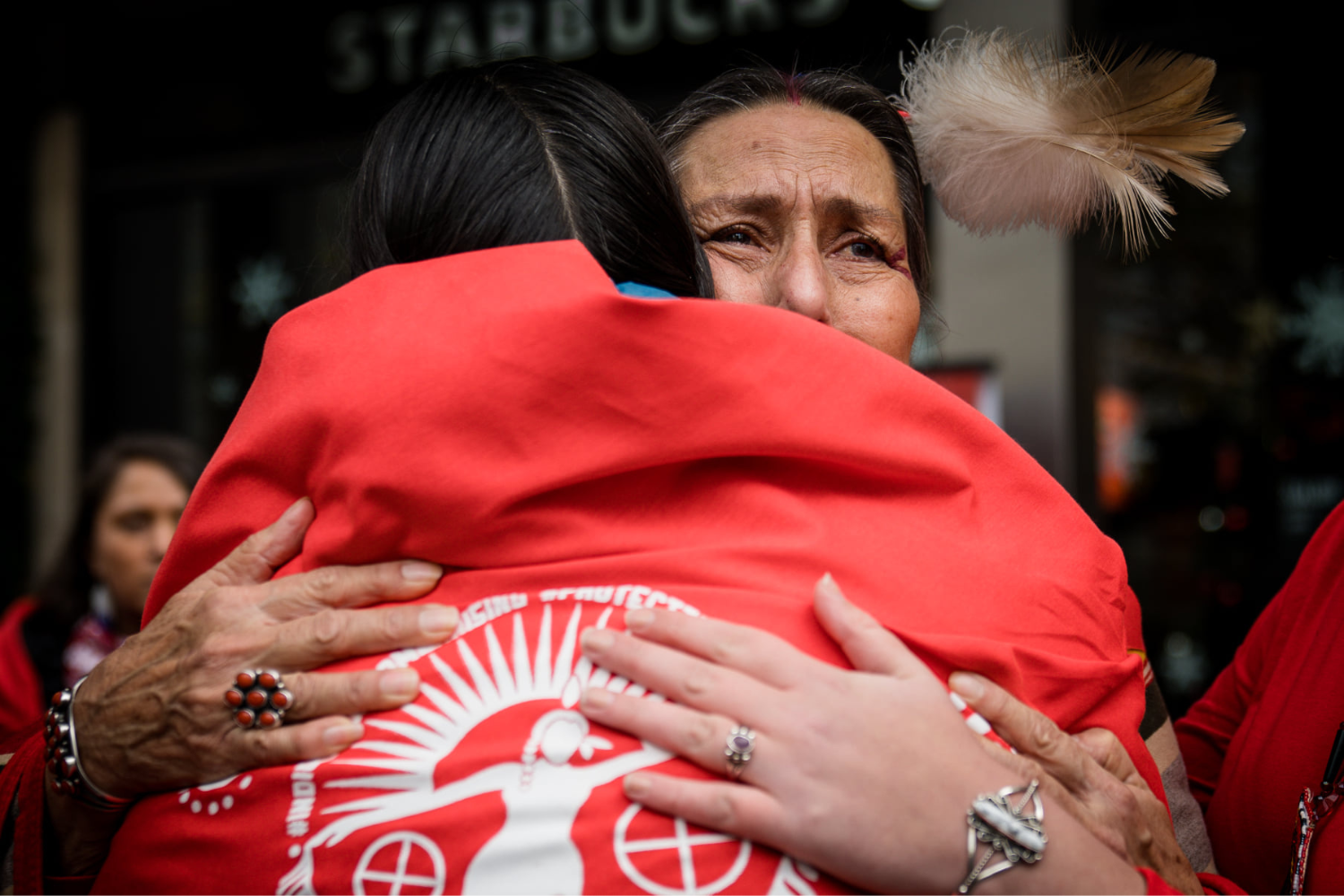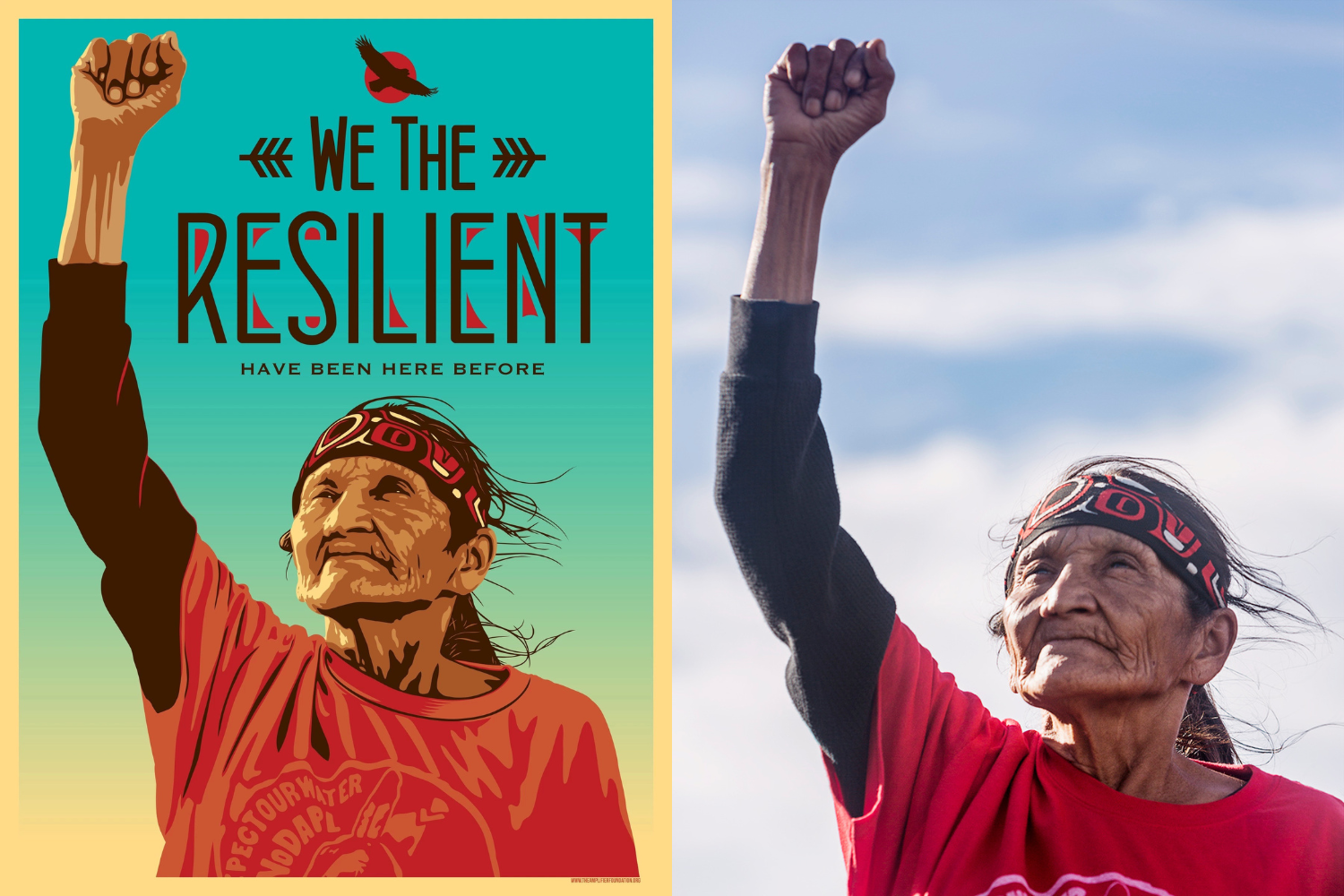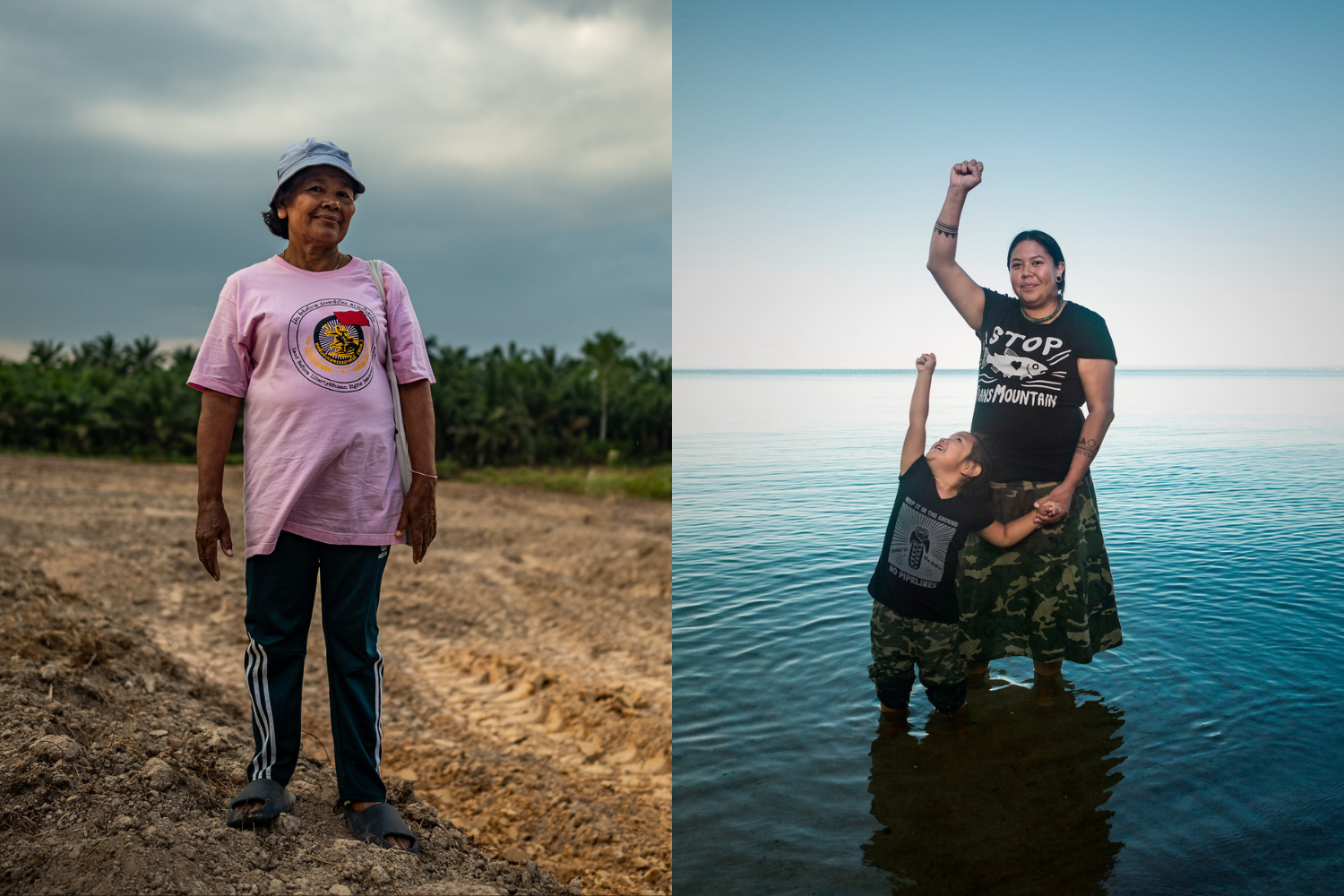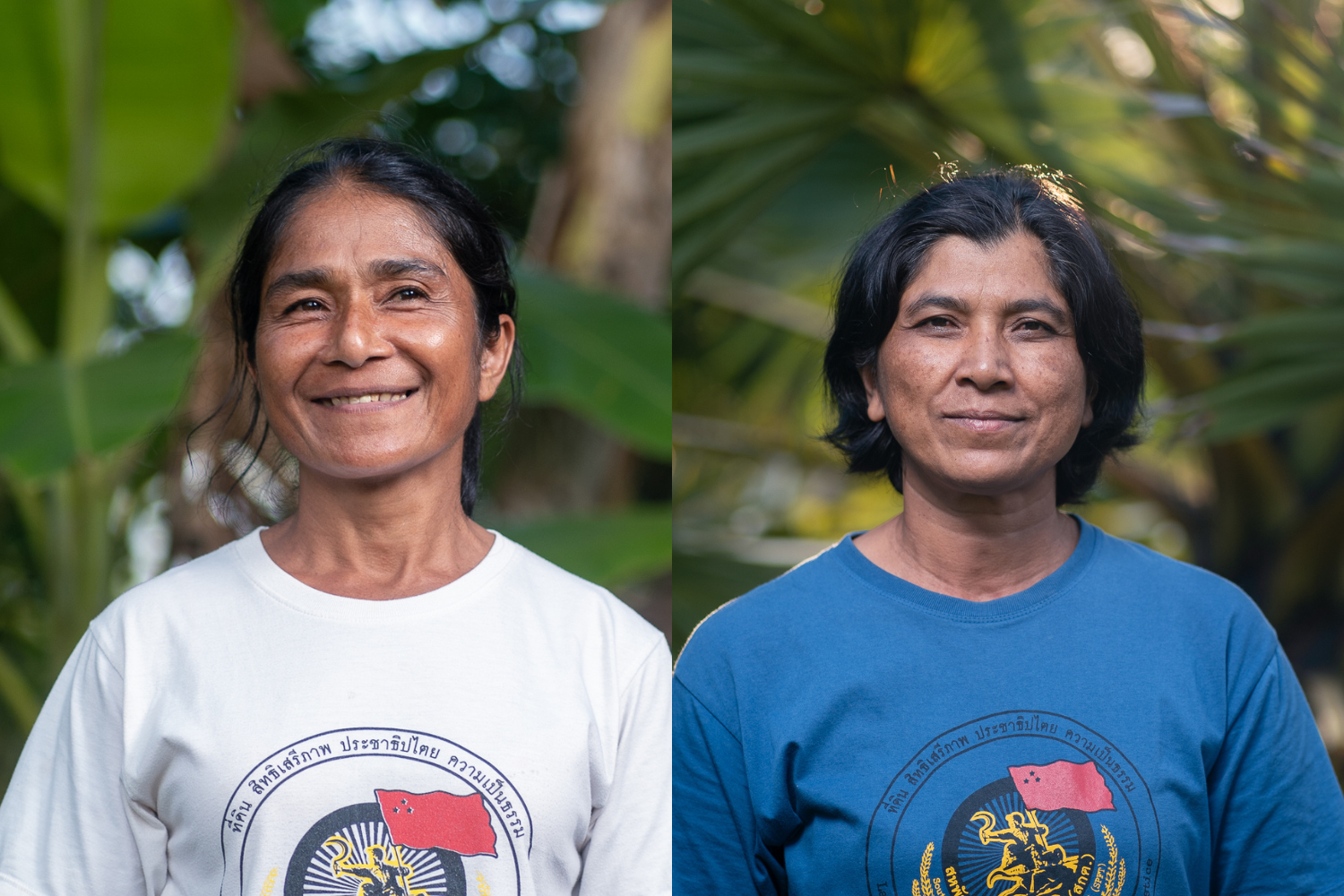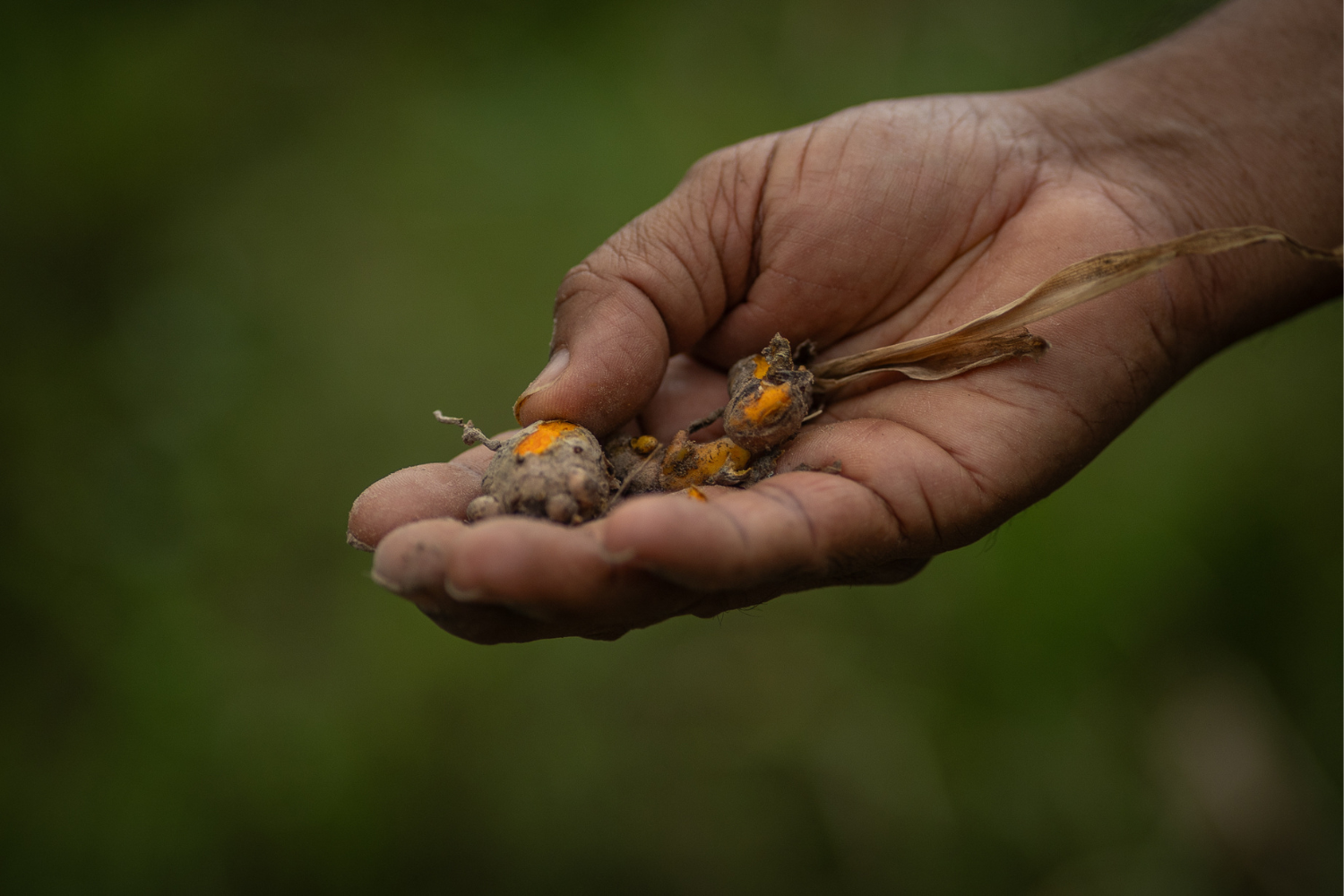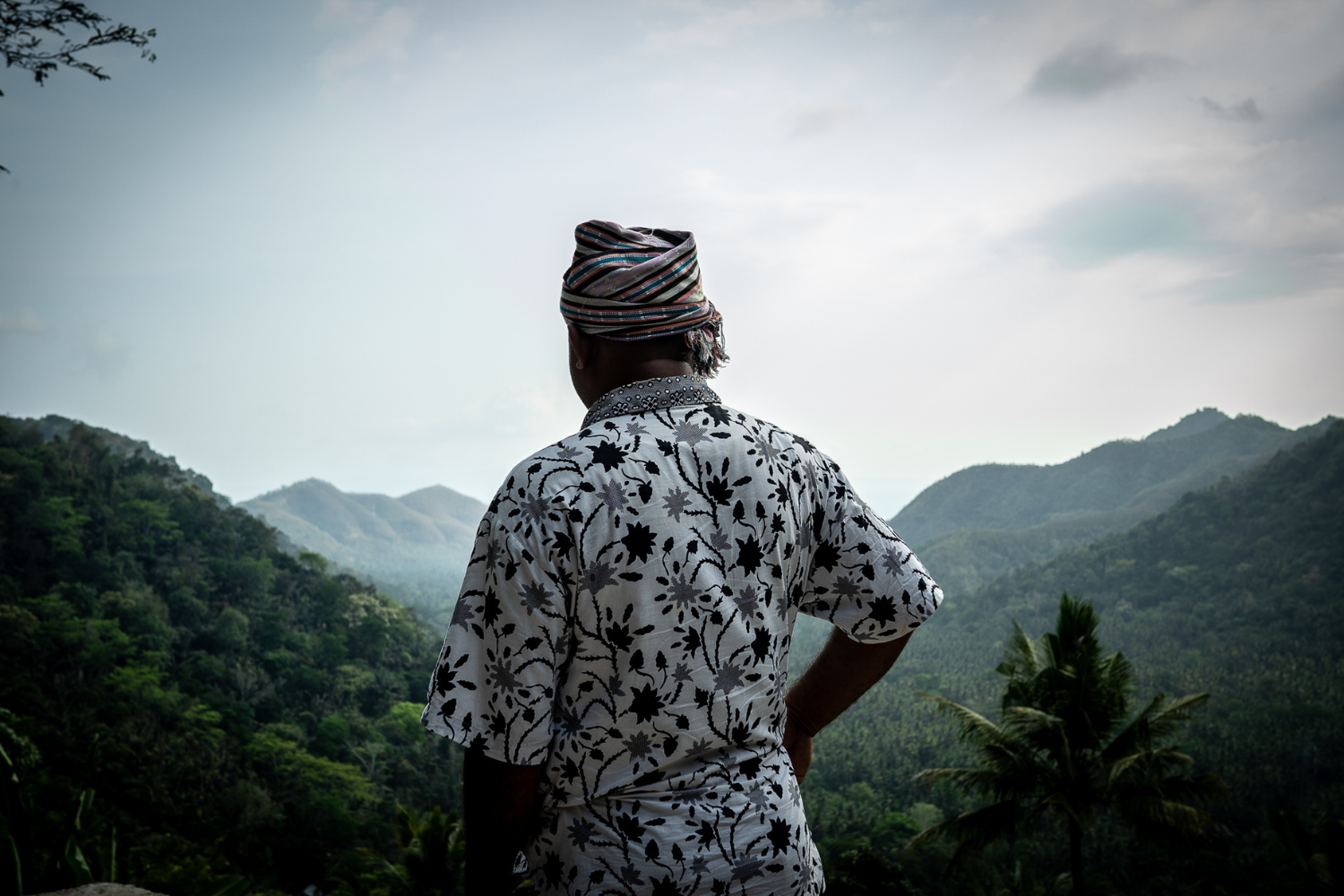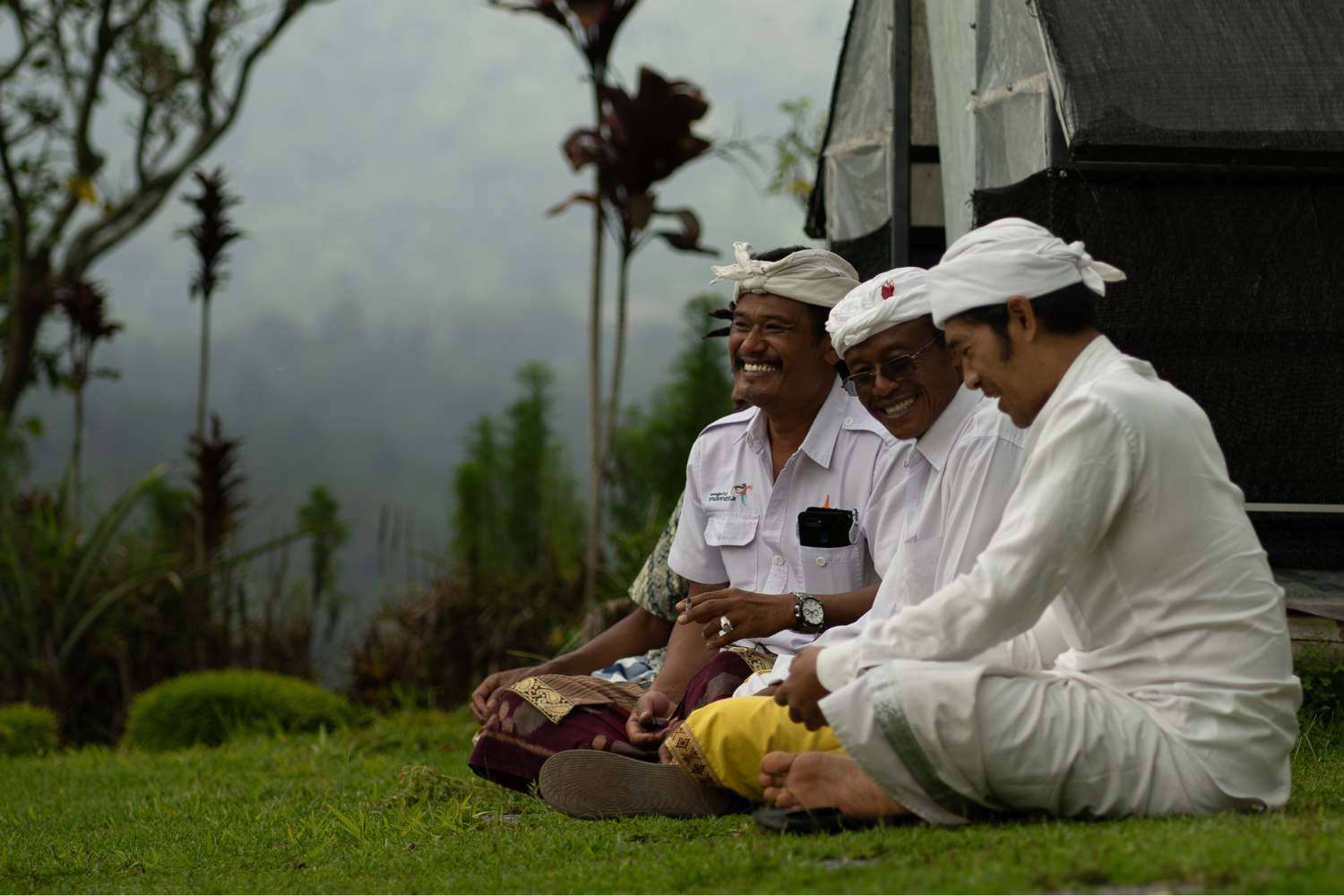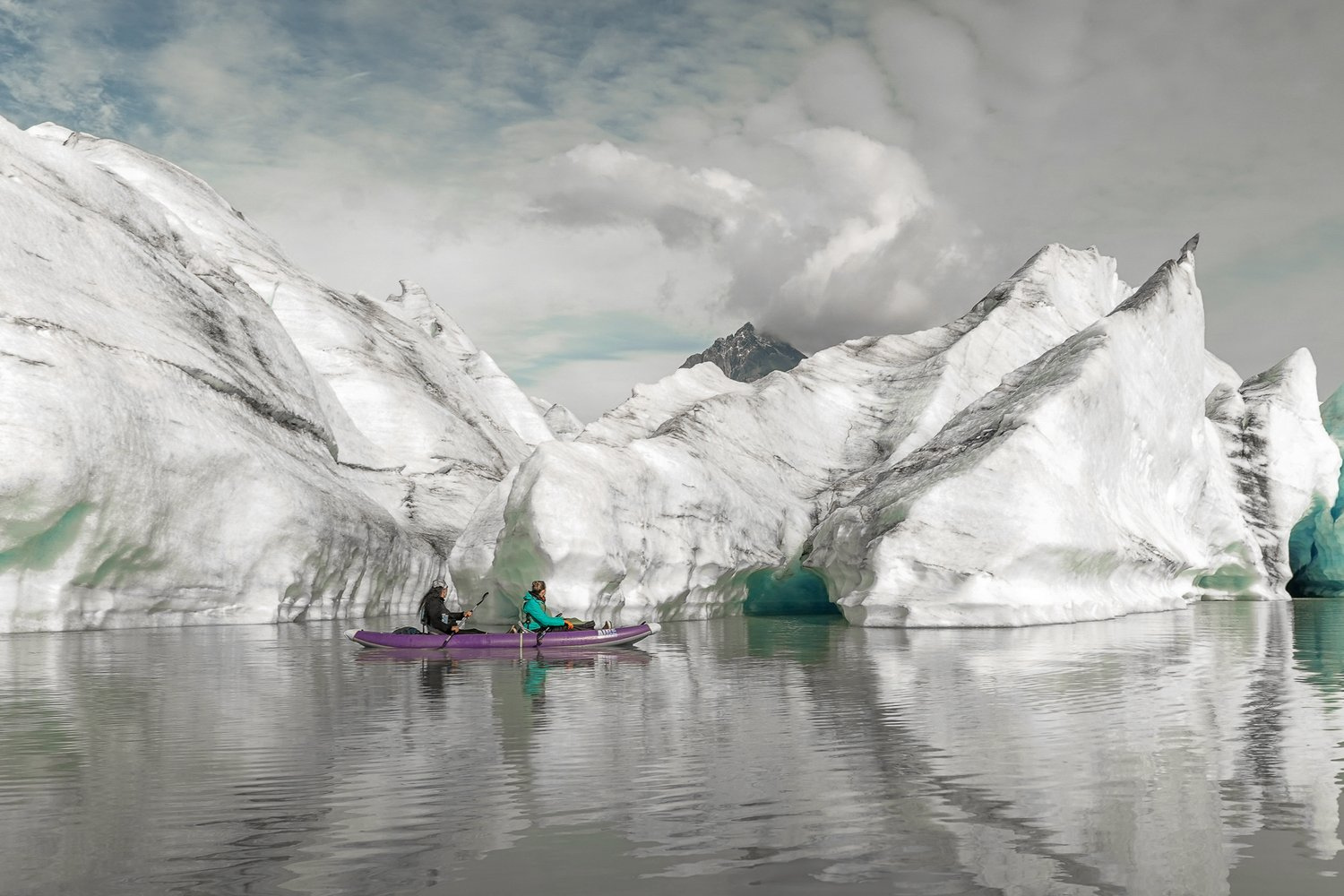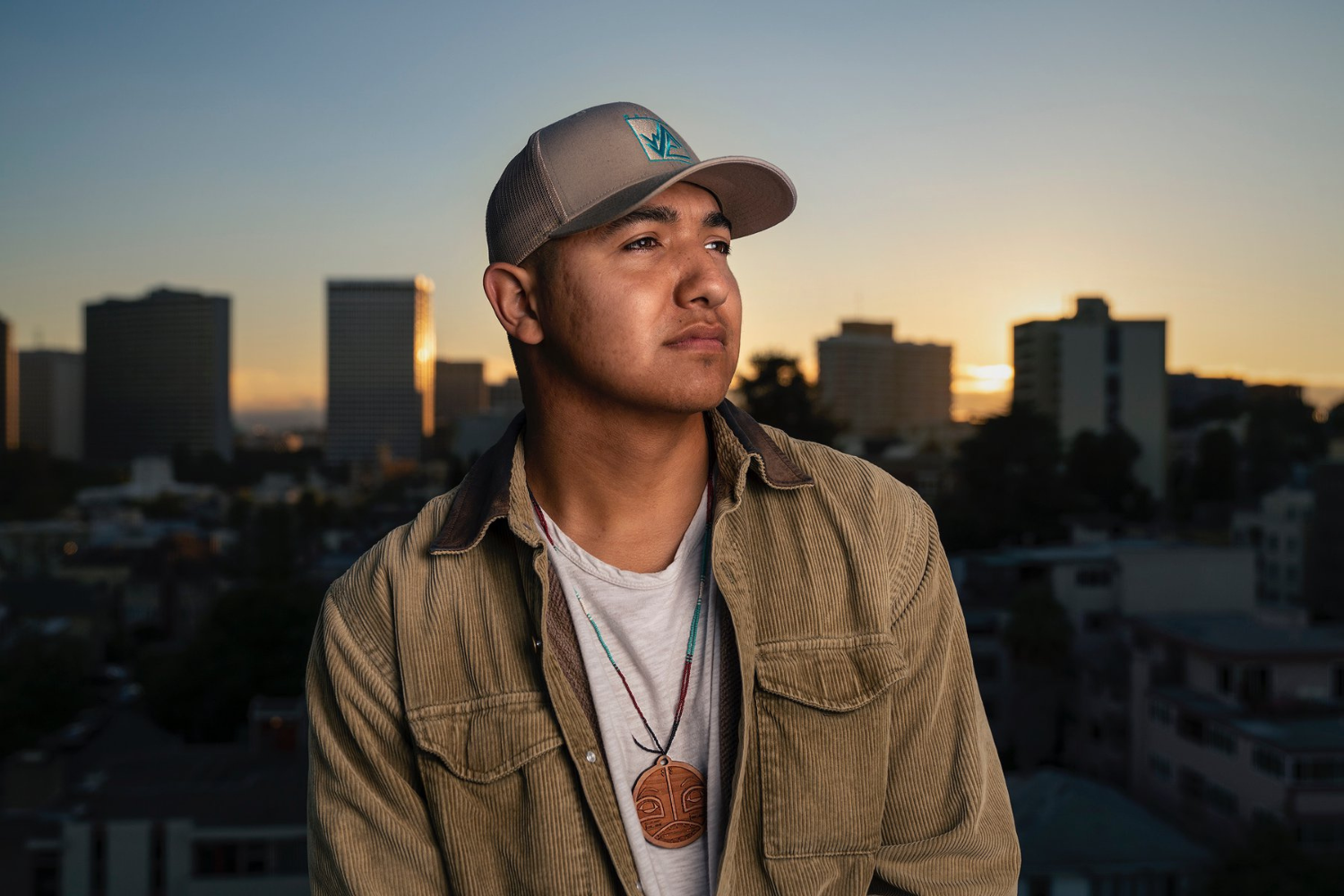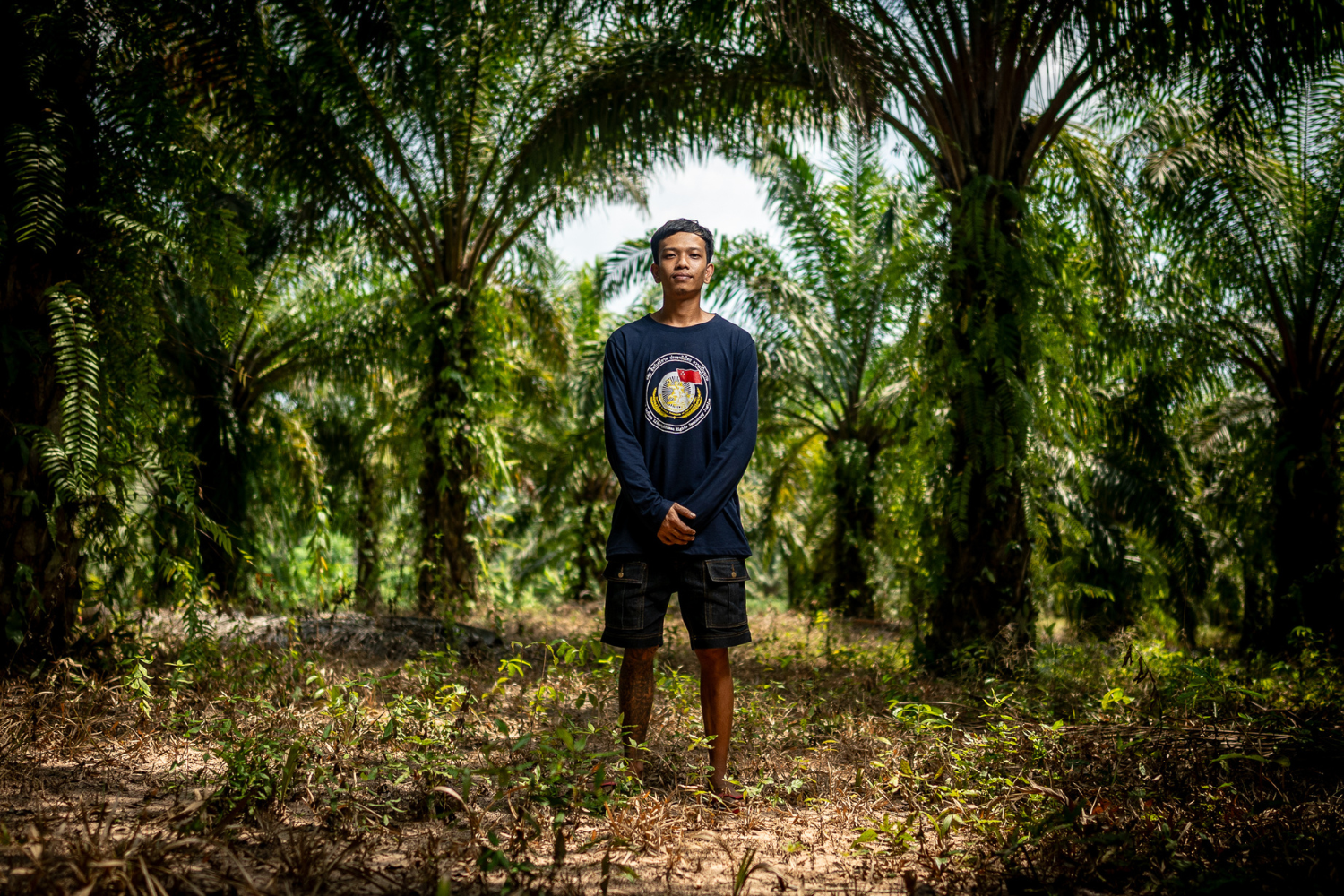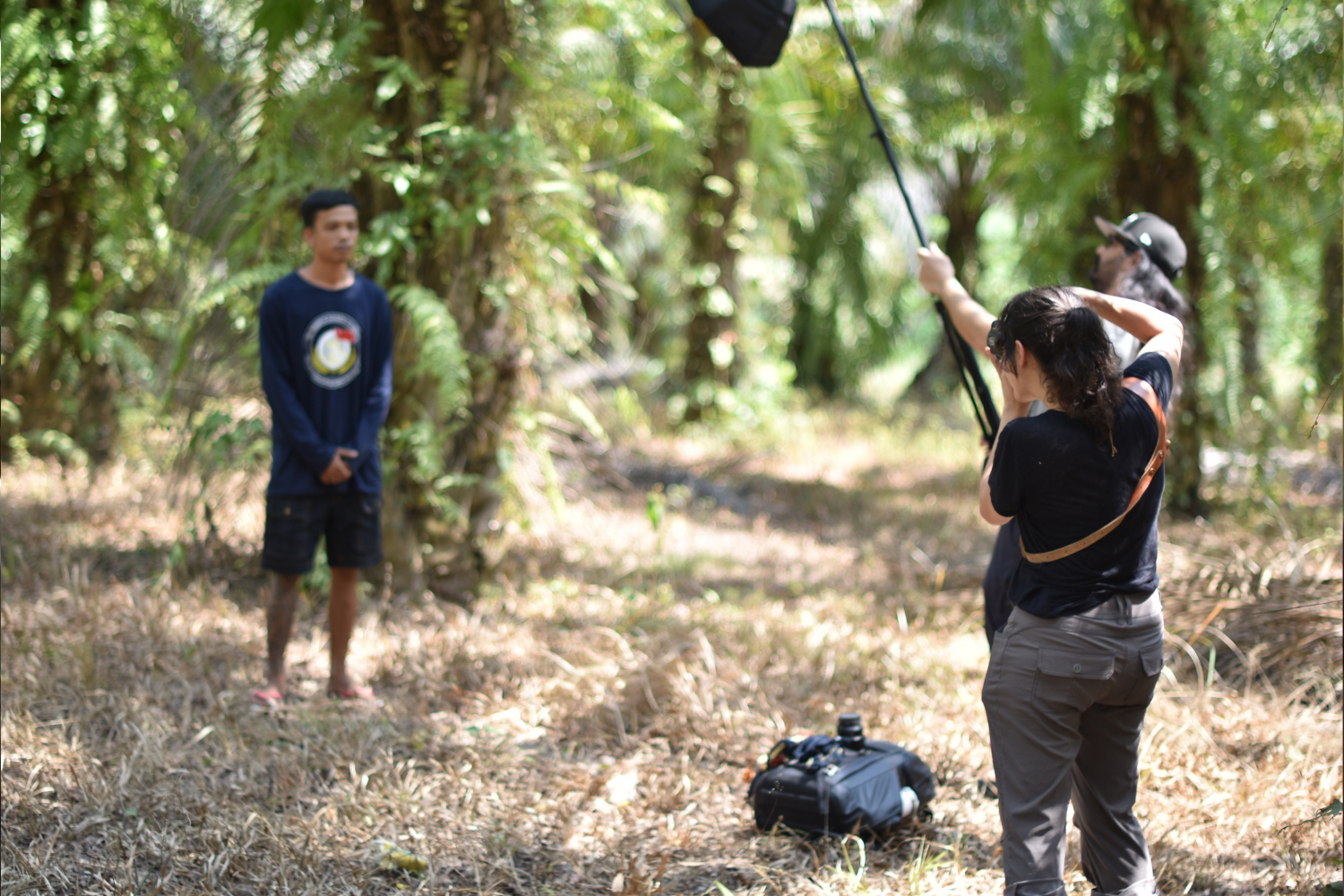Meet Ayşe Gürsöz: A Q&A with Our Photographer-in-Residence
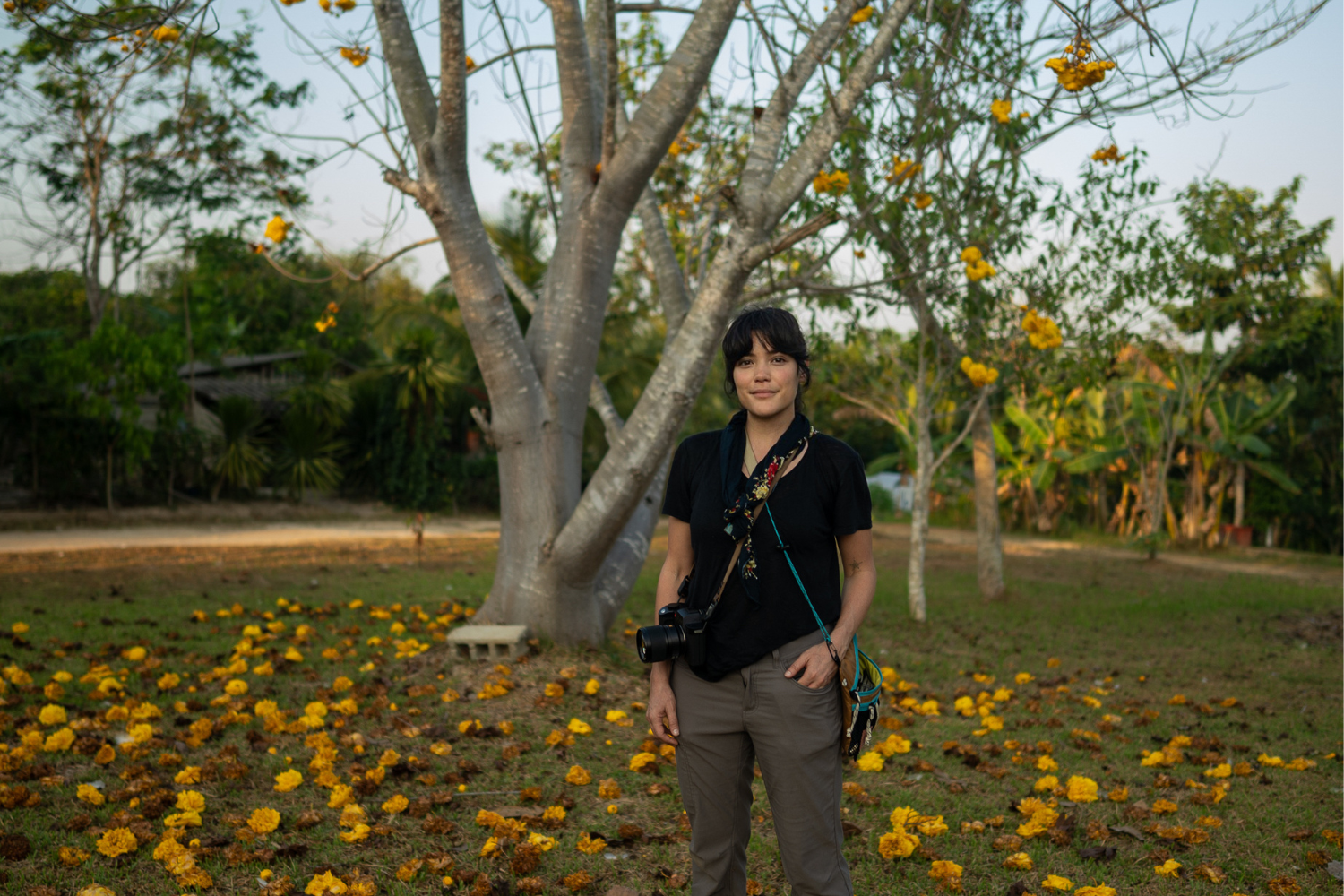
“As a photographer dedicated to human rights for all, redistribution of wealth to grassroots movements, and rematriation of land into Indigenous hands; I’m delighted to join Thousand Currents as its first-ever Photographer-in-Residence. It’s a supreme honor and opportunity of a lifetime to document and spotlight frontline leaders and stories of climate justice, food sovereignty, and economic justice; and to feature Thousand Currents’ community of movement partners across the Global South embodying ‘collective action for collective change.’”
Ayşe Gürsöz (she/her) is a Turkish immigrant to Turtle Island. Her work as a photographer and multimedia visual storyteller thematically focuses on climate justice and revolutionary futurisms. She is a member of Diversify Photo, a collective that amplifies photographers of color for increased exposure, assignments, and commissions. In 2022, Ayşe was one of five recipients of the Revolutionary Storyteller Grant with Photographers Without Borders.
This is a conversation between Fiona Teng, Thousand Currents’ Editorial Manager, and Ayşe.
How did you get into photography?
Initially I started out in new media journalism. I was working with Al Jazeera’s social media channel, AJ+, which had just recently emerged in 2015 in their real time news department. Over the years, I had also been volunteering with the Indigenous Environmental Network (IEN) for their media team during their delegations to events like the People’s Climate March and the UN Climate Summits. During that time, I had the honor and opportunity to work with and learn from incredibly talented Native artists, cultural producers, and organizers dedicated to climate justice like Jade Begay, Joey Montoya, and Dallas Goldtooth.
When the Standing Rock movement took off, IEN invited me to join their Indigenous-led media team, Indigenous Rising, to produce frontline video news stories. From my days at AJ+, I had been familiar with the “run-and-gun” production style for video, prioritizing timeliness and speediness over composition. At Standing Rock, transitioning to photography became a more efficient way to distribute breaking news quickly, and because I would need to rely on single images over video, it forced me to be more intentional about creating images that helped encapsulate the energy of the moment and tell a story within just a few frames.
One example of this is an image I made of elder Helen Redfeather when she was at a protest at the Dakota Access Pipeline. I feel like the image carried the energy of commitment, vision and resilience that was core to the Standing Rock movement and the Indigenous-led fight to protect water and land. When it became selected for the “We The People” campaign, it also became a catalyst for me to bring more study and practice into photography as a tool for storytelling.
What have been some of your favorite places or people to photograph? Why?
Spotlighting everyday dreamers, visionaries, and revolutionaries is what I’m most excited about. They are the real stars of our times. Often these are folks who are doing powerful, radical work, but not necessarily recognized at the time for it. It brings me great joy to uplift their inspiring work with the attention and top-notch cameras and lighting that they deserve.
Recently, the most meaningful project for me was the great honor of photographing Josephine Mandaman, known as Grandmother Water Walker. The portraits from that session were utilized in this year’s Canada Post stamp series honoring Indigenous leaders. It was such a powerful way to amplify and spotlight her life, her prayer, and her inspiring commitment to water protection.
I especially love to photograph people in relationship with the land that they tend to, care for, and protect. I used to have a media channel called “The Mending News” (instead of the breaking news) which covered inspiring solution-oriented stories as well as social issues that needed mending. This remains true to my focus to this day.
A selection of photography by Ayşe Gürsöz
Why do you think photography is important for movement building?
I see photography as a tool for collaboration, social transformation, and collective liberation. For movements, documentation isn’t just about posterity. It’s a means for connection and amplification. It’s an invitation into a story of what is possible through collective action. It can move us to reshape and bring into being the future we all know is possible.
For the photography aficionados among us, what equipment do you use?
Right now I use a Sony A7iii for both video and photography, as well as a Mavic Mini Air for drone photography and video. I love my 24mm prime lens for environmental portraits, and my 85mm prime lens for close-up portraits. I also have a 70-200 zoom lens for more photojournalistic documentation, and my 24-75mm if I pack only one catch-all lens for the day.
For lighting, I keep it light since these are usually on-location portraits, so I typically use one Godox off-camera flash, a small 2ft diameter modifier, and a reflector.
How do you continue to sharpen your craft?
Practice as much as possible, and let your passion guide your lens. I try to keep my pulse on my local community to offer portraits and documentation for folks doing inspiring work. That’s how I got connected with the incredible Lead to Life team, and created portraits for them and their visionary project for community care. The project involved a public ceremony of melting guns down and forging them into shovels, an act of bridging racial and environmental justice through ceremony and art practice.
As the photographer-in-residence, Ayşe will use rich and dynamic multimedia to further enliven storytelling at Thousand Currents.
Related Stories
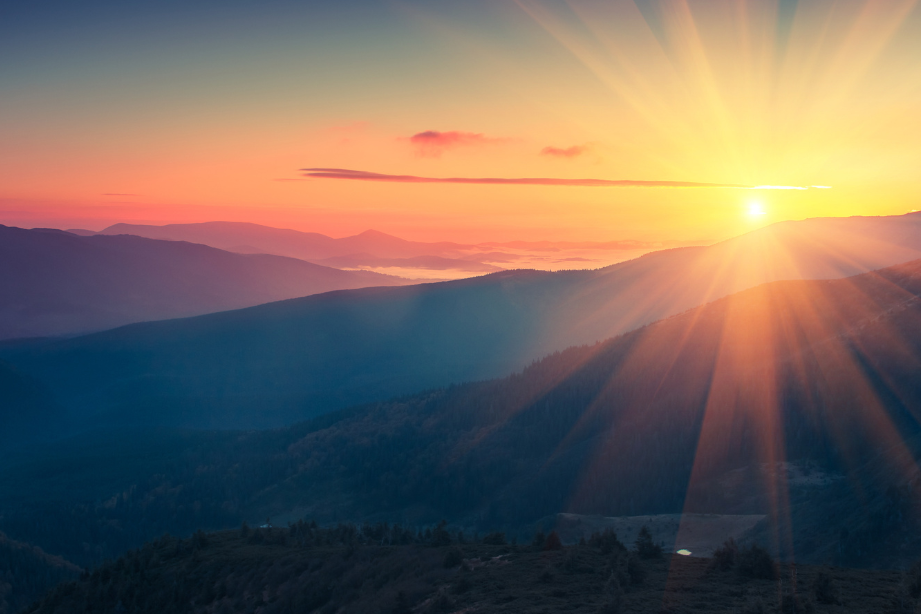
on Impact Investing

